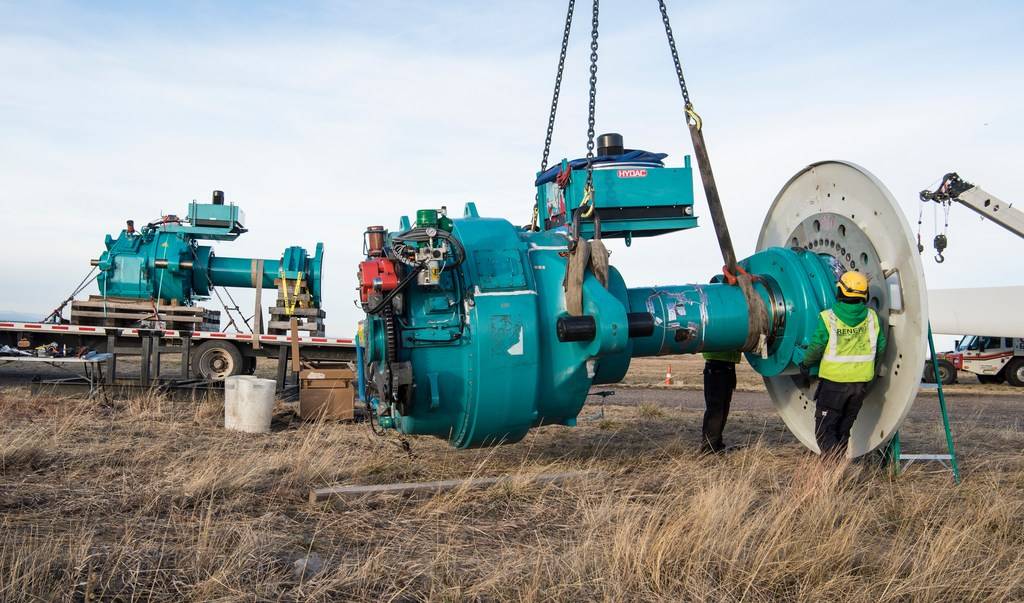Tools for handling and transport in the wind sector
Timeline
2016-2023Sector
Structural mechanicsScope
Tools for handling and transport in the wind sectorBACKGROUND
The wind industry requires appropriately designing different types of tools to be used for handling components and assemblies. These are elements and assemblies conceived to guarantee a proper installation and transport in the many demanding scenarios that occur in the wind sector.
Through the initial conception, we define the design and the calculation prior to developing each tool, accompanied of a structural verification via a finite elements simulation, analytical approaches and other supplementary tasks as applicable.
For half a decade now, at SOLUTE we have been engaged in this area of knowledge for important clients.
In the wind industry, we are required to handle structural components as well as heavy machinery and also, these structures are required to be installed in remote areas. In scenarios where their path can be discretized, multiple and very diverse cases appear and where important demands take place in the operability, logistics, costs and other additional factors that have a strong influence and must all be taken into consideration. In summary, the development of tools has two parts: one where the design is conceived and another with the structural calculation and detailed sizing to the complete definition for the manufacture and assembling. The ultimate goal is to achieve a proper transport and ideal handling in order to not damage the components and facilitate the tasks.
RESULTS
The customer normally receives a complete design along with the calculation report that verifies it, with manufacture and assembling drawings.
EXPERIENCE
SOLUTE has been involved in different tool development projects for different customers in the wind sector, primarily focused on transport and handling. Since 2016 we have been applying our skills in these types of projects, involved in different degrees: from collaboration providing only design and calculation, to comprehensive services with a complete definition.
Using commercial design tools (CATIA, NX, SOLIDWORKS) we can tackle a design process from the initial conceptions to the documentation for the manufacture and assembling.
METHODOLOGY
The development of tools entails conducting a thorough compiling of the boundary conditions in which the operation or scenarios to be considered are defined. Using commercial design tools (CATIA, NX, SOLIDWORKS) we can tackle a design process from the initial conceptions to the documentation for the manufacture and assembling. When carrying out these tasks, it is important to sometimes maintain a constant flow of information with the other professionals involved to provide feedback about the work along with their contributions.
In a parallel phase, and normally somewhat lagging behind, the structure of the tool is verified. This is done applying the most suitable methodology depending on the case: the simplest situations could be approached with analytical calculations, while if deemed necessary in the more complex cases, non-linear FEM models can be built to quickly provide results that are sufficiently accurate. In the design as well as the calculation, we should expect to have to iterate in order to optimise the numerous parameters that are being defined, both in terms of the costs as well as the operability.
For the structural check, we always follow the most appropriate regulation for the analysis. In general we follow wind machine regulation IEC-61400, but it is common to end up following another more specific regulation.
Automotive
Engine cooling
System responsible for dissipating heat produced during engine operation in any mode of transport for proper operation.
Wind
Energy and weather forecast for renewable operators
Weather and energy forecast service through the training of artificial intelligence algorithms.
